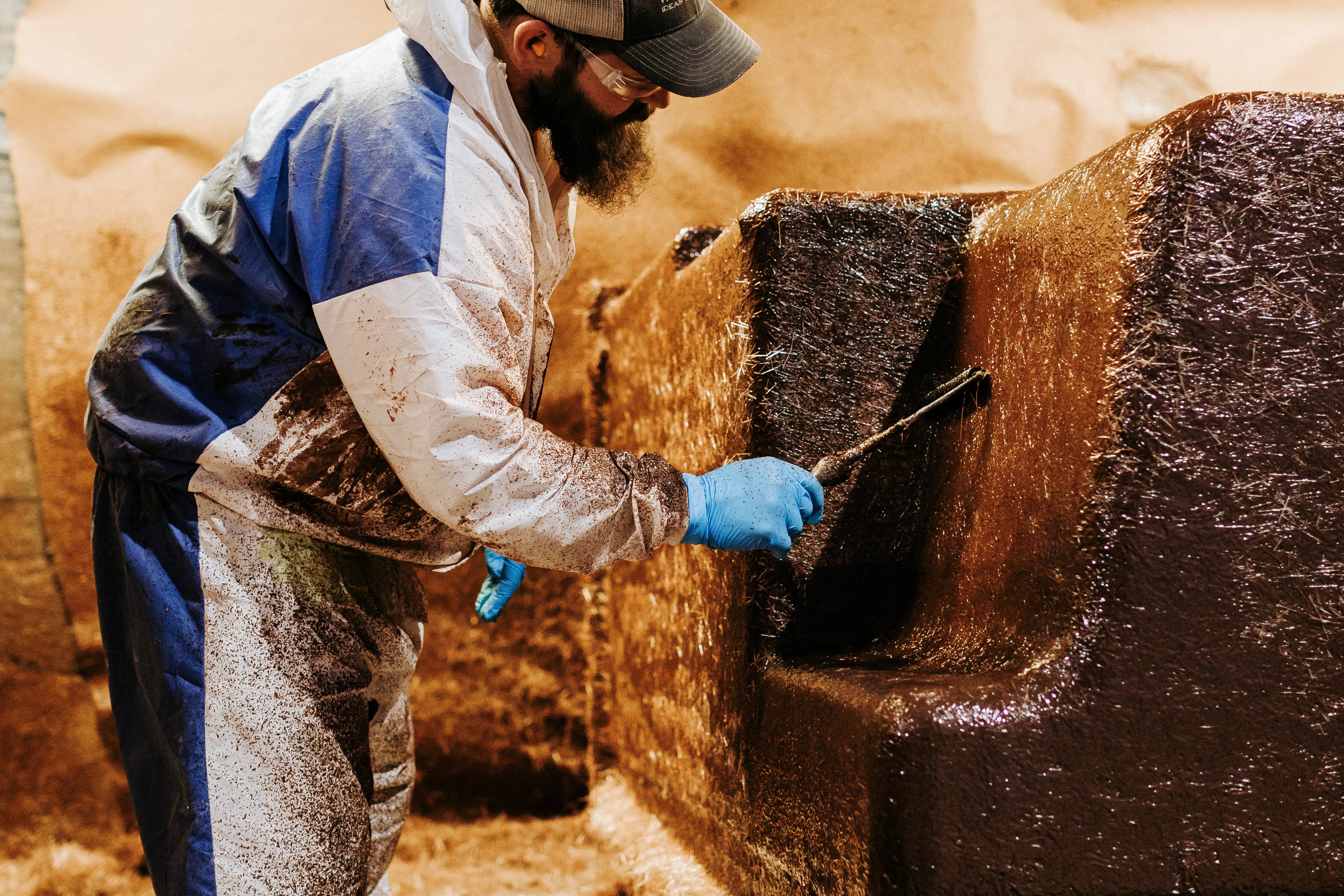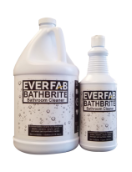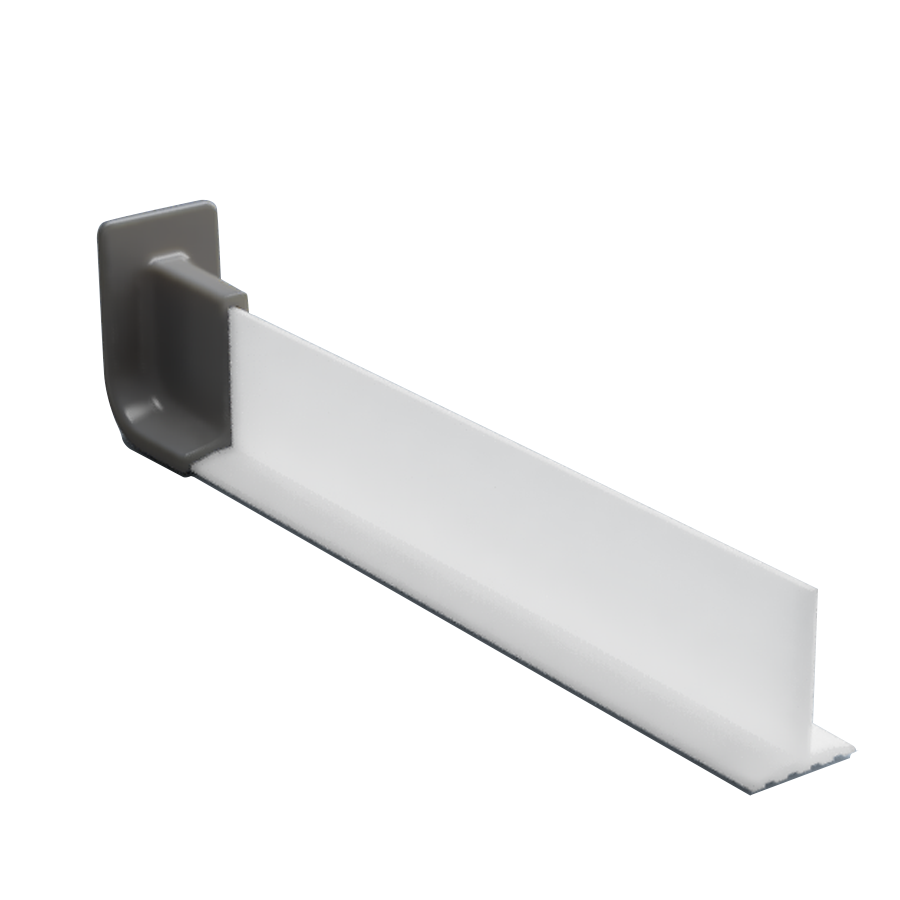-
Shop All Products
-
-
Shop All Products


We meticulously sculpt and construct each model by hand to ensure our customers have durable shower units they can comfortably rely on for years to come.
-
-
-
About
-
-
About
We strive to be world-class in everything we do by hiring the best people, building the best product, and providing the best customer experience.

-
-
- Who We Work With
-
Resources
- Projects
- 503-303-3300
- Contact Us
- Search Products
Blog
Discover the latest industry trends and insights related to bathroom architecture and ADA compliance.
How Architects Compare Acrylic vs. Fiberglass Showers

There are two types of showers used in traditional bathroom designs: acrylic shower units and fiberglass shower units. Bathroom architects must decide between the two by comparing the features they share—like low overall weight—with the features that make them different (cost, strength, style, etc.).
Acrylic vs. Fiberglass Showers
Both fiberglass and acrylic shower units are generally more affordable and are undoubtedly easier to install than ceramic or stone alternatives. The two models are also remarkably similar, so the differences between them aren’t always immediately apparent.
Here’s how bathroom architects usually explore the acrylic vs. fiberglass showers debate.
What They Have in Common
Fiberglass and acrylic are both lightweight materials, which means they’re relatively easy to install and transport. It also makes them ideal for bathrooms on a second (or higher) floor.
In both cases, the shower units are made of a reinforced composite resulting in a one-piece shower unit with no seams. Acrylic showers are made by heating, stretching, and pulling a plastic acrylic sheet over a large mold usually made of aluminum. Great care is made to ensure the mold is maintained at certain temperatures to prevent curing problems as the acrylic sheet cools. Once the acrylic shell is removed from the mold, it is reinforced with fiberglass resin.
Fiberglass showers are made in much the same way, but instead of vacuuming acrylic over a mold, a layer of polyester gel coat is sprayed onto an open mold, much like paint is sprayed onto an auto body. Once the gel coat cures, it is reinforced with fiberglass resin the same way an acrylic shell is reinforced.
What Makes Them Different
There are still a few critical differences between acrylic vs. fiberglass showers that bathroom architects must compare before selecting the best model for their design. For example:
- Acrylic shower units are more expensive than fiberglass units.
- If damaged, acrylic units require complicated and costly repairs, whereas fiberglass shower units can be easily patched or repaired due to the gel coat’s workability.
- Acrylic is a bit stronger than fiberglass because it is usually thicker, but depending on the mold design, vacuuming the acrylic sheet can leave thin, weak spots depending on the depth and curves of the mold, making it prone to damage.
As you can see, the two showers are quite similar, and both rely on fiberglass in their construction. A more apt description for the “acrylic vs. fiberglass” debate would be “acrylic vs. gel coat” showers, as it’s that final layer of polyester gel coat that makes the most significant difference.
Which One is the Best Shower Unit?
There’s no easy winner when comparing acrylic vs. fiberglass showers. Instead, it comes down to what the project’s needs are. If you’re designing in a commercial setting, the uniformity and durability of fiberglass shower units are usually the better bet. If you’re working with a client who isn’t concerned about rough use over time, acrylic is a great option with great properties. However, if the shower needs any repairs down the road, fiberglass units with a gel coat finish will be much more inexpensive and intrusive to fix.
Here at EverFab, we offer a level of customization that is rarely, if ever, available from other fiberglass shower manufacturers. We offer a robust catalog of traditional models, but if you’re working within particular parameters and need something we don’t offer, get in touch with us! We’ll work with you to create a customized shower unit that fits whatever your needs may be.
Get the latest!
Subscribe to our newsletter
Read On
The Benefits of a T-Shaped Shower Dam
There’s so much more to an accessible shower stall than just the shower itself. When you’re...What Accessories Are Required For Code-Compliant Shower Accessibility?
Shower accessibility requires more than an ADA compliant model (although that’s certainly...How Fiberglass Showers Enhance Your Accessible Shower Design
When designing an accessible bathroom, whether you’re building or renovating, there will be hiccups...9050 Porter Way SE, Aumsville, OR 97325
COPYRIGHT © 2025 EVERFAB







